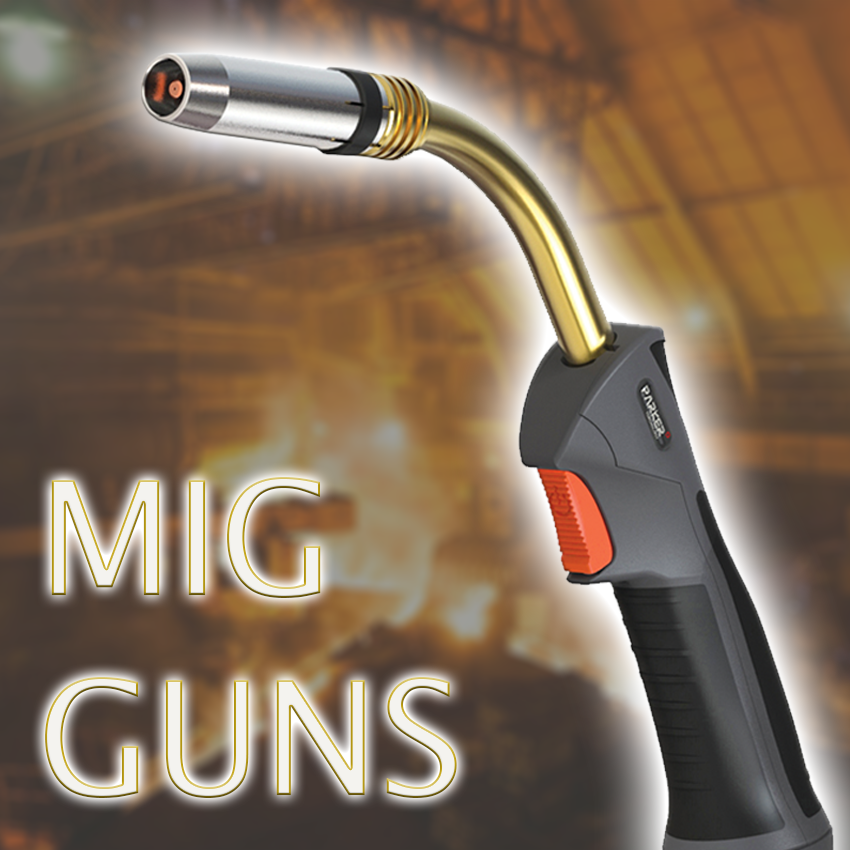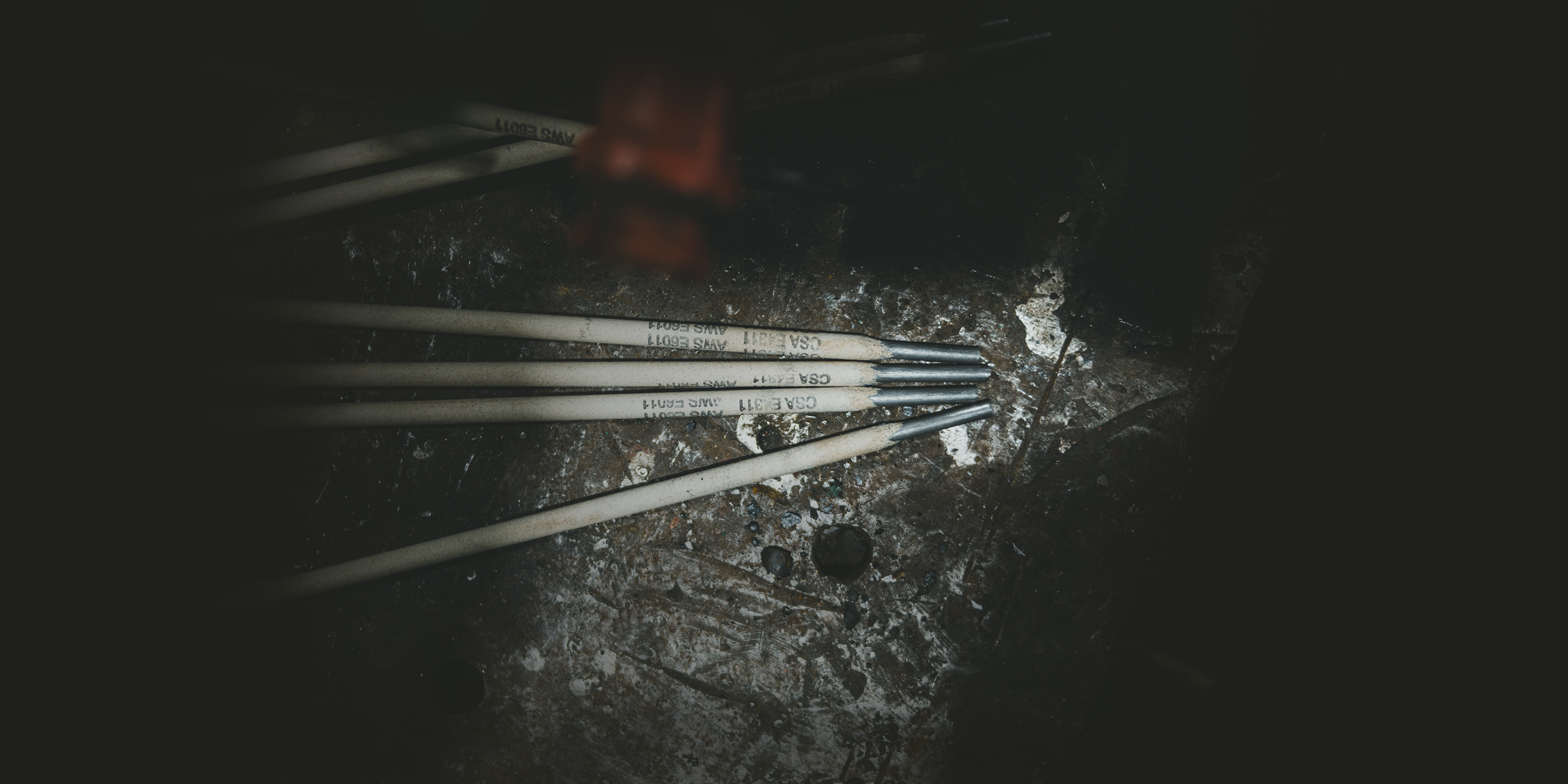Want to learn how to put two pieces of metal together? Welding is an incredibly fun and useful skill you can use for repairing equipment, building things, and creating artwork.
There are a few different ways to weld, but here we'll talk about how to stick weld. This technique can be a bit harder to get the hang of than other types, but it's portable and doesn't depend on the wind conditions. (Wind can interfere with gas-based welding methods, like MIG and TIG).
We'll walk you through some of the top stick welding tips, from the preparation to the final look.
Getting Geared Up
Before you even get started on the welding process, you should make sure you have the right protective gear. This includes safety glasses or goggles, gloves, a welding helmet, and a thick jacket to protect yourself from sparks.
As for the rest of your clothes (including your shoes), just make sure you're entirely covered. If you've got thick materials, like jeans or leather, go with those.
You'll also need proper ventilation. If you need to work indoors, make sure you have an exhaust system or other form of airflow.
Perfecting the Arc
The first part of a good technique is a nice arc. Clamp your ground clamp to the workpiece in order to set up the conditions for a full circuit. When your stick electrode gets close enough to the workpiece, that's what will finally complete the circuit.
Move your electrode close to the metal and pull it along quickly to create the arc. You should hear a steady buzz.
You'll want to keep the electrode close enough to maintain the circuit, but not so close that the electrode sticks to the workpiece. If that happens, you can twist the electrode to break it away from the metal.
How to Stick Weld With Grace
Once you've accomplished an excellent arc, it's time to work on the rest of the weld. Go slow and steady, and make sure to keep the stick at a good angle.
The speed you move your hand at will determine how much material you deposit. You need to go slow enough to fill the space completely so there aren't any gaps. If you go too slow, though, you might end up with a pretty thick weld.
So keep up a good angle (close to vertical, but slanted a little forward as if you are "dragging" the electrode) and move along at a steady pace that doesn't leave any gaps.
Cleaning Up
After you're done with the welding motion, it's time to clean up. This is going to look different from your usual metalworking cleanup. In this case, you'll need a little chipping tool and a wire brush.
This is because the stick welding process deposits excess metal. When you work with MIG or TIG, the gases protect the weld pool. For stick welding, the gases are replaced by a layer of protective slag.
So whatever you see when you're done making the weld, that's not what the end product will be. You need to chip away the slag to see what the weld itself will look like. And you can use a wire brush to clean up the small debris.
Now Try It for Yourself!
Learning how to stick weld can be tricky, but it's smooth sailing once you practice it enough. The nice thing about it is that the look of the weld will tell you exactly what to improve on. For example, you'll need to slow down if you see gaps and speed up if you have too much buildup.
So get some scrap metal to practice on, work on maintaining a steady hand, and create something amazing. And for specific questions, just reach out! We'd love to hear from you.



